The government must not rush into Theatre Commands without factoring in the IAF concerns
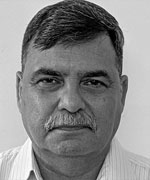 AVM Anil Golani (retd)
AVM Anil Golani (retd)
There has been a lot of speculation in the media, both, over the proposed structure of the Theatre Commands, as well as the objections that the IAF has over them. It is being said that one service has been playing spoilsport at the cost of the national interest.
The acrimony over the suggested changes and the command of these proposed formations does not augur well for the men in uniform (irrespective of colour), as well as the nation, especially so during the present turbulent times. There is both comfort and danger in clinging to long-established status quo. The cost of procrastination at the same time can cost nations dearly. The fact that change, which is the only constant, is inevitable cannot be wished away. However, wise counsel must prevail and, change, whether incremental or sudden, must only be implemented after collaborative discussions.
The Kargil Review Committee, Naresh Chandra Task Force and the Shekatkar Committee, all made a slew of recommendations related to defence reform and reorganisation of the service headquarters as an integral part of the ministry of defence. None of them spoke of the need to create Theatre Commands. There was, however, unanimity in opinion to have a Permanent Chairman, Chiefs of Staff Committee (CoSC) as a ‘chief coordinator’ between the military and the MoD.
The Shekatkar Committee which submitted its report in December 2016 was tasked to recommend measures to ‘enhance combat capability and rebalance defence expenditure of the armed forces.’ The Arun Singh Committee on Defence Expenditure in 1993 had suggested the integration of the three services headquarters and the setting up of the vice chief of defence staff from any service, who would represent the forces collectively in the defence ministry, having direct access to the defence minister. The other changes recommended included measures to reduce wastage of effort in triplication of duties at the MoD, Service Headquarters and Finance. Some of these have been partially implemented now since the creation of the chief of defence staff and the department of military affairs.
Space, Cyber and Special Ops
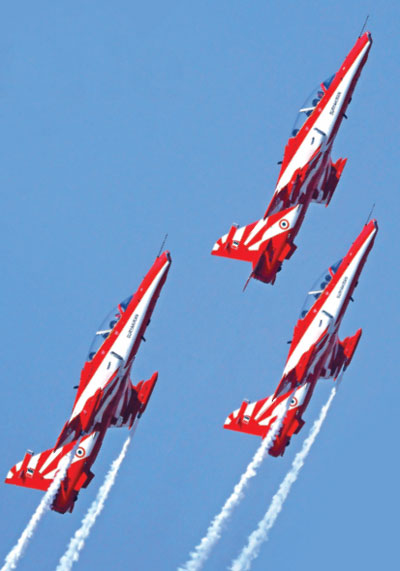
In 2012-13, when the proposal for the creation of three integrated commands of cyber, space and special operations was mooted by the then Chairman Chiefs of Staff Committee, it was done only after extensive deliberations at the Service Headquarters and Headquarters Integrated Defence Staff.
It was felt that these were the areas that would require increased focus and synergy in the future to safeguard the nation. Notwithstanding the fact that this has turned out to be prophetic, there was unanimity in the proposal as differences had been resolved professionally. To sweeten the deal, each service was allocated its share of the pie. The government, however, objected to the creation of three additional commands with additional vacancies.
Thereafter, the proposal was amended to create these as agencies under a two-star officer who would function under the chairman CoSC or the CDS. The fact that these agencies were created and have now been functional since the last two years within a joint organisation consisting of a joint staff from the three services speaks volumes of the kind of integration and jointmanship that is possible, provided due processes and deliberations are followed towards its implementation.
The threats that are likely to be witnessed would increasingly be in these domains as has already been shown by the ‘Pegasus’ scandal and the power outage in Mumbai last year. The use of space as a medium for military applications has become an inescapable necessity, and so has the requirement of swift, clandestine and precision operations by special forces of all the three services. These agencies can metamorphose into functional commands sans boundaries as these have been structured to be integrated from the very beginning. It would also make it easier for them to simultaneously liaise with other government agencies and ministries for their smooth and efficient functioning. Any incident, the likes of which happened in Jammu recently could easily be handled by a hybrid special operations command.
Resource Crunch
Any restructuring and modernisation cannot be done without resources. The resources can only be generated by the defence budget that is given to the armed forces. If one were to look at the revenue versus capital expenditure of all the three services, the options are stark and obvious.
If you want more capital outlay, you need to cut down on the revenue budget. The ‘maximum bang for the buck’ towards reduction of revenue expenditure would only happen if the manpower were reduced. One has often heard the ruse of ‘long borders’ and ‘hostile neighbours’ to justify the large manpower of the Indian Army. With electronic and space-based surveillance, availability of air assets for rapid mobilisation and adequately trained and equipped special forces, this vulnerability can be overcome to a large extent.
As far as utilisation of air power is concerned, there has to be a flat chain of command. The structure cannot be turned on its head, otherwise the speed, ubiquity, reach and precision will suffer leading to disastrous consequences. The chief of any service is an operational man who has been especially selected to lead his service in warfighting. The chain of command leading up to him is inviolate and cannot be tampered with.
Viewed strategically, the service that is most affected by the resource crunch is the Indian Air Force. No nation can afford to pay the price for its military not being able to deliver when faced with a crunch. To ensure that, the processes must be correct and followed meticulously. The chain of command must be clear and inviolate. And the resources have to be adequate.
Reorganisation
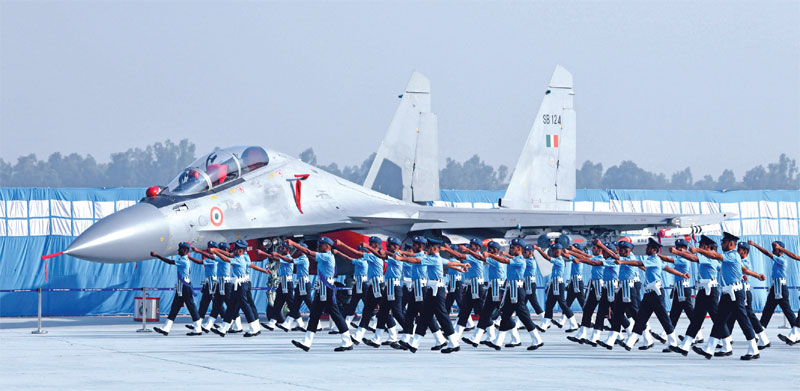
The reorganisation of individual service headquarters and the creation of a new organisation to meet the command and control requirements of an Integrated Theatre Command is a Higher Defence Organisation (HDO) reform that needs deliberate and collaborative study in the Indian and the regional context. This study needs to be based upon the threat perception, capacity building, economic outlook, capital outlay for defence, strategic partnerships for defence manufacturing and Atmanirbharta, amongst various other factors.
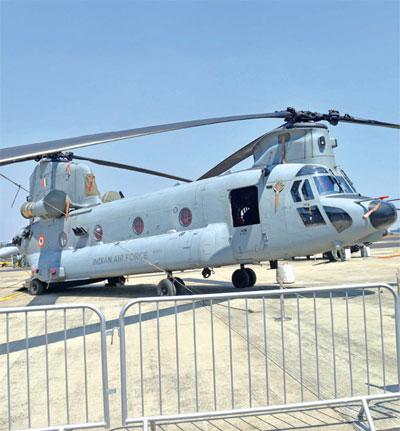
The proposed establishment of three ‘geographical’ (two land based and one maritime) and one ‘Functional’ (Air Defence) Integrated Theatre Commands, needs further deliberation. It is important for professionals in the military domain to revisit the ‘10 Propositions Regarding Air Power’ by Colonel Philip S Meilinger of the United States Air Force (USAF). Col Meilinger offers the readers provocative propositions that would instil an appreciation of air power among those who do not fully understand the possibilities of air power.
The first proposition is that whoever controls the air controls the surface. Air forces, being offensive tools, are inherently strategic forces. The words ‘land’ or ‘maritime’ therefore cannot be prefixed to the proposed Theatre Commands. If at all, the commands need to have a geographic orientation, as no other country in the world uses this nomenclature. Since air power is an offensive weapon, it cannot be split between ‘air defence’ through a functional command and ‘offensive air power’ through Theatre Commands. With resources being scarce, as mentioned earlier, the nation can ill afford to do so.
Air power can conduct parallel operations at all levels of war and therefore needs to be controlled centrally with decentralised execution. Doctrinal differences between the way air power and surface forces operate, necessitate centralised command of air power as against under the command of surface forces. The proposed structure and resource allocation would have multiple theatres competing with each other for scarce resources through a complicated command chain, going through the CDS, who already wears three hats. In a conflict situation, with the additional responsibility of functioning as the military advisor to the Nuclear Command Authority, the incumbent would have to be a ‘superman’ to do justice to all the jobs at hand.
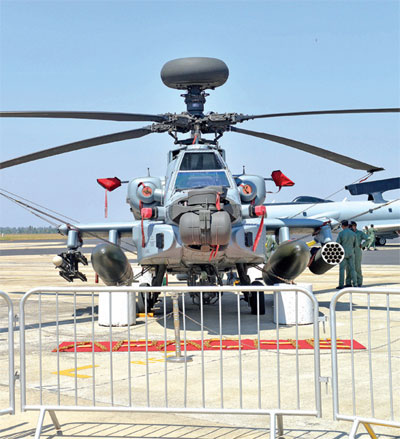
Presently, the Jammu & Kashmir and Ladakh sector is the most volatile region in India, threatened by both Pakistan and China. Add to that the instability in Afghanistan with the formation of the Taliban-led government. Therefore, joint planning and application of our national power and resources is an imperative and imminent need in this region, which has been left out of the proposed Integrated Theatre Commands.
The proposal of placing the existing Indian Army’s Northern Command directly under the operational control of COSC defies logic. This region would invariably be involved in every future conflict with our adversaries and the present confrontation in Eastern Ladakh bears testimony to the fact that joint application of force, as was demonstrated with rapid mobilisation of forces, would be an inescapable necessity in the future. Considering the importance of the region and the fact that this sector has seen action in all past conflicts and would invariably do so in future as well, the Northern Command must be a part of any proposed Integrated Theatre Command.
The proposal of placing two naval commands under one Maritime Theatre Command would only add one more layer without proper integration with the other theatres. It also does not augur well for the desired synergy in the war-waging capability, which necessitates that every adversary is faced with a joint and integrated fighting force comprising all the three services. This model, presently being followed in the Andaman and Nicobar Command has its own limitations and has not been successful to the desired extent even after almost two decades. The lessons learnt from this need to be studied and imbibed in any proposed structure of theatre commands.
Integrated Commands
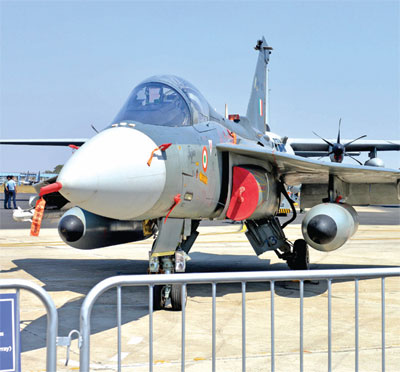
It is proposed that the integrated theatre commands be based on geography, i.e., North, East, West and South and they should be rotational with each service tenanting at least one theatre command at any given time. The proposal for making the structure and then evolving the details with the nominated Theatre Commanders is flawed as we first need to work out the philosophy and an outline structure based on the problem statement and principles of joint application of force. It is important to identify the concerns of each service, its culture and ethos and then generate options to address them before implementing a forced matrix.
China is going to be our biggest military threat and the differential will only grow in the next decade at least, before things turn around. The existing domains of land, maritime and air would have to adapt in effectively utilising newer domains of cyber, space, economy and diplomacy, requiring integration at the national level for a multidomain ‘whole of government’ approach. The ‘theatre construct’ should have forces from each service with only one Service Component Commander from each service and it should be self-sufficient, reporting to the political leadership. It should cater for existing single service bias in planning and the lack of tri-service knowledge. The entity must be truly joint in every sense and for this there should be tri-service presence at every level, i.e., decision-making, operational and critical functional levels along with a rotational Joint Force Commander.
This structure would have a strong unity of command in the form of a single commander who can prioritise between threats, while handling collusivity. The Theatre Headquarter would be responsive, i.e., it would directly control all resources pan-India, from tri-service to special ops, space and cyber and also have tri-service advice. This structure would achieve unity of command and synergy in operations as all services’ assets and inputs, as well as the space and cyber domain would be available under the Theatre Commander’s authority. This would also facilitate easier access to other forms of national power through other agencies like RAW, NTRO, NSCS, MEA etc. The creation of a single Theatre HQ would require the least manpower and resources, while ensuring that the limited high technology weapon systems and platforms could be utilised judiciously to make the optimum operational impact. This would cause minimal disruption to the existing organisation and could be speedily implemented. This would also ensure a division of responsibilities between the Chief of Defence Staff (CDS) and the Theatre Commander, enabling both to carry out their responsibility individually while facilitating a direct relation between the war-waging commander and the political leadership.
Conclusion
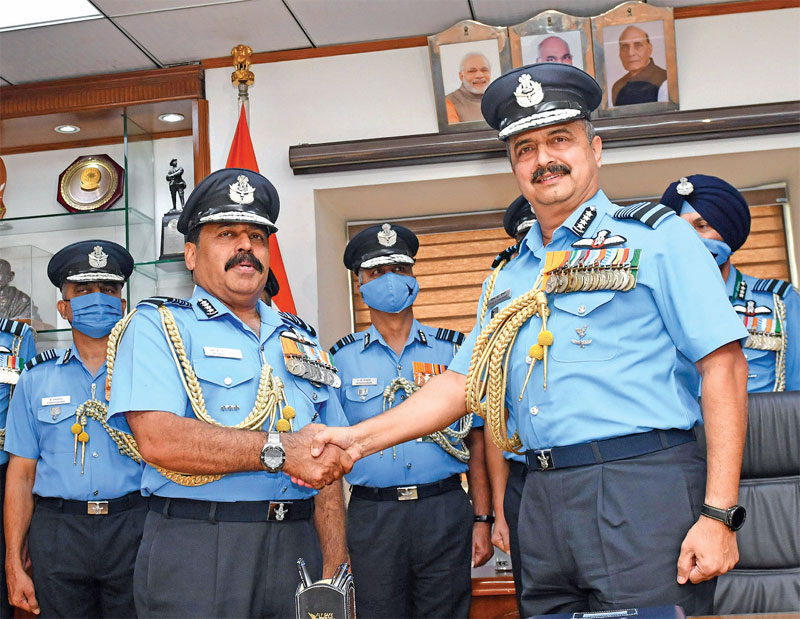
Nations must continue to evolve and grow and so must the national institutions like the military. Mature democracies, however, take time to discuss, debate, and to an extent, wargame the proposed changes before they can get implemented, unlike autocratic, Communist or military regimes where change is invariably imposed top down.
In India, where competing demands of alleviating poverty, healthcare, education as well as the pangs of a developing nation with a burgeoning population need to be weighed against a complex external threat environment, the changes must be deliberate. Restructuring and jointness are mutually exclusive and must be thought through before implementation because doing only the former will be at the latter’s cost, the consequences of which may be difficult to address in the future.
The armed forces are the last straw in the nation’s quiver, which cannot afford to fail. The fact that the three of them must be synergised to give the decisive blow or the coup de grace needs no emphasis. The question that needs to be answered is, how do we segue the three into a fabric that protects the nation like an impenetrable veil. It is this fabric that needs to be woven with the proposed structure for integration of the armed forces into Theatre Commands. It will be a monumental tragedy if these reforms are implemented without due diligence.
(The writer is additional director general, Centre for Air Power Studies)

